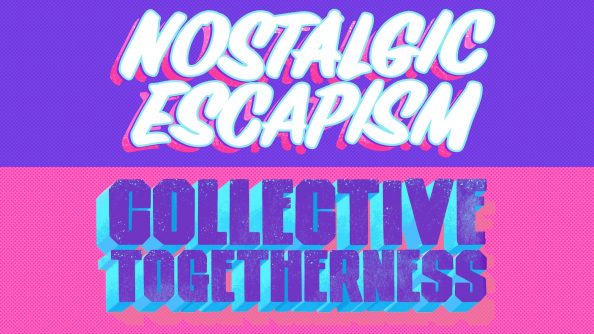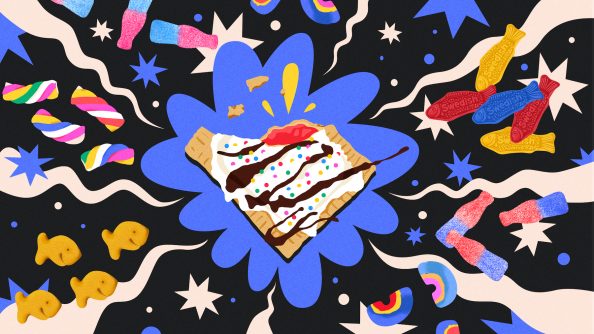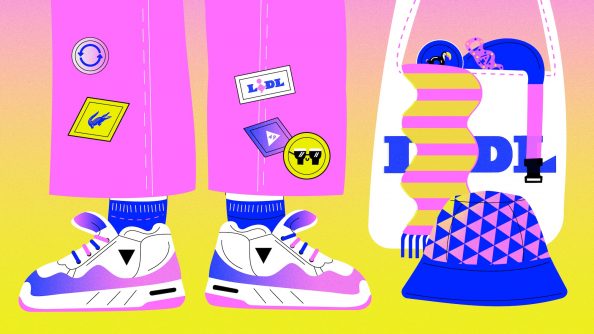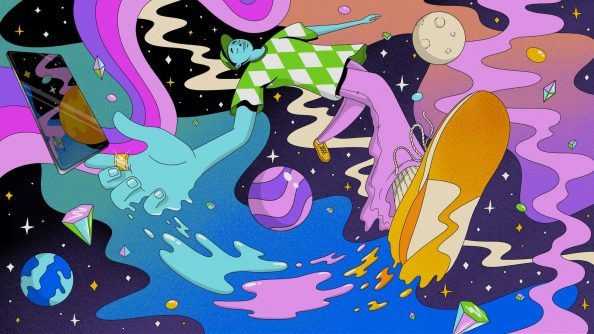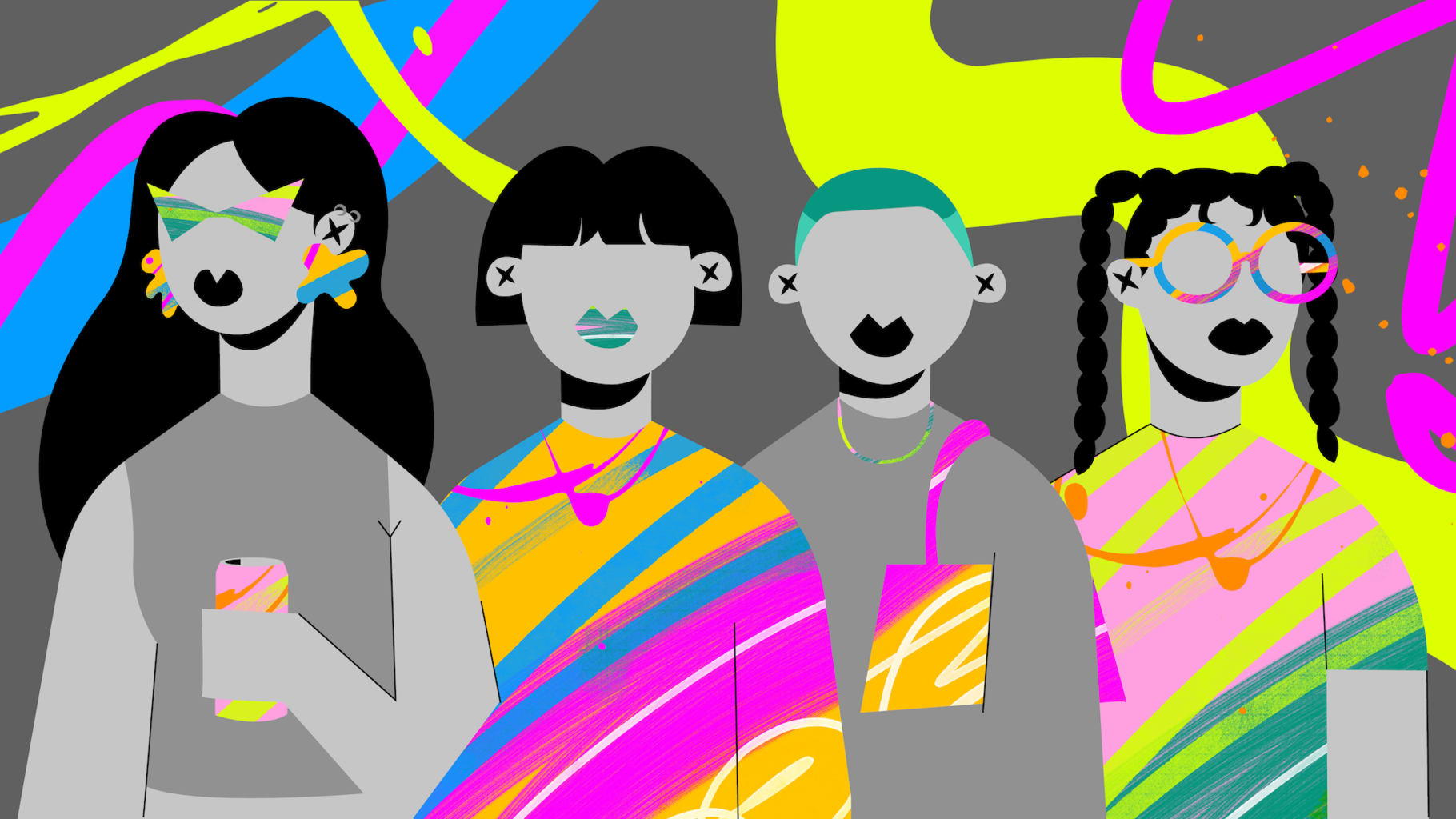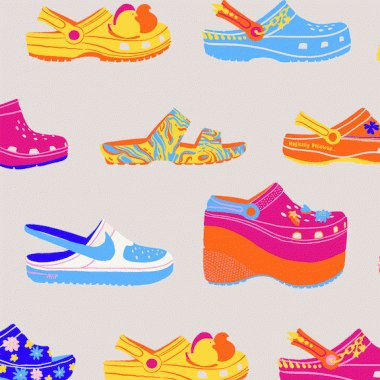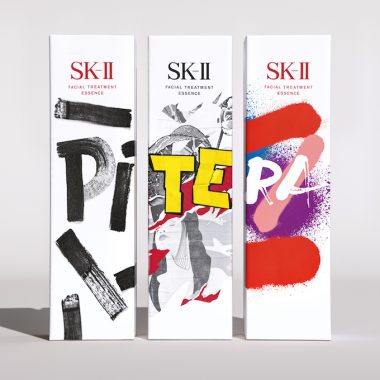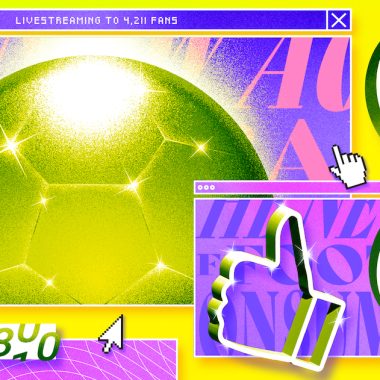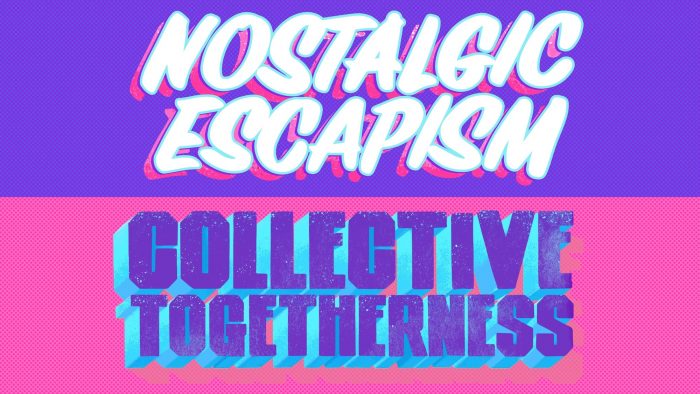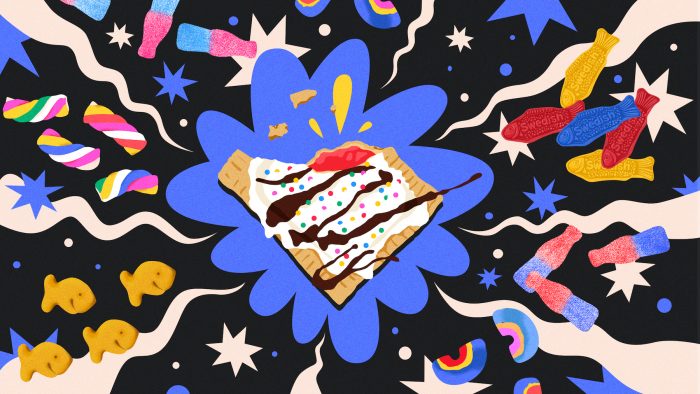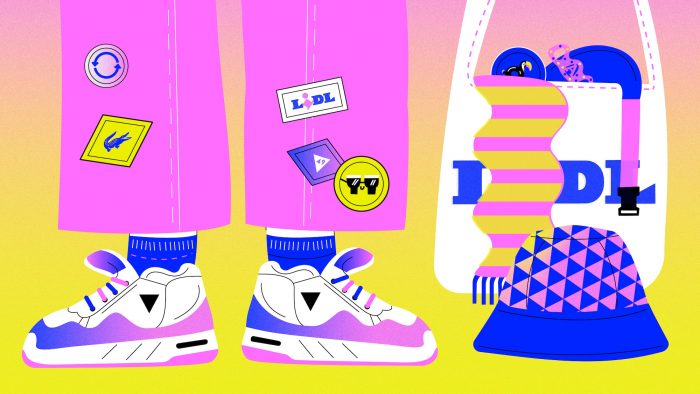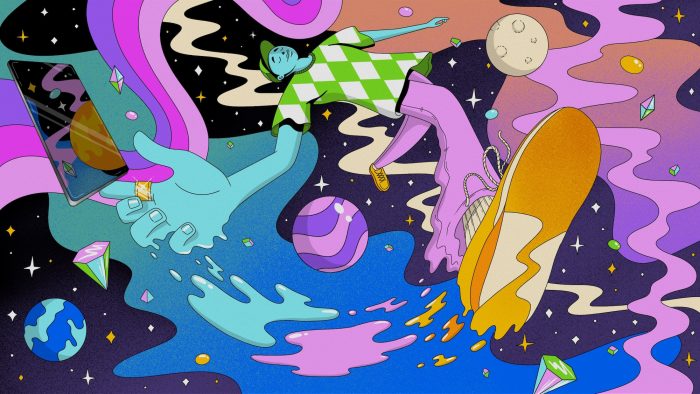As a 22-year-old living in New York with (some) disposable income and a busy social calendar, I fit perfectly into that ‘Gen Z’ target that brands want to connect to. And yet, despite being fully aware of the tactics used to convince us to purchase, I often get caught up in the whirlwind of elevated products with plausible price tags that I hope will make me feel ‘good’.
Take my new gym membership as an example. Now I know that $270 a month might sound crazy (especially to my midwestern friends), but I completely bought into the ‘deal’ they sold me on being part of the most ‘lux’ gym in NYC – Equinox.
Brands like Equinox provide a sort of religion for my generation, offering us an escape from the mundane and the promise of a ‘better’ life (and maybe more followers). In a somewhat contradictory world of economic turmoil and over-consumption, it’s no wonder that we feel the need to escape from the day-to-day by buying into products and brand experiences that make us ‘feel’ something.
With this overarching trend of escapism redefining what the world of luxury looks like for Gen Z, what does this mean for brands?
Renting Status
The fashion industry often paves the way, and one of the biggest trends in lux fashion right now is rental. The industry’s net worth currently sits at $1.4 billion globally and projected to jump to $2.11 billion by 2026. The conversation, however, is not so much centered around the products themselves, but more on the idea that consumers want to buy into experiences – to flaunt an expensive bag at an event, or show up in an elegant dress to impress a date.
Of course, Gen Z wants to feel what it’s like to live the lux lifestyle, to feel important. Renting high-end fashion allows us to do exactly that and escape from the day-to-day, if only briefly.
Fashion rental aside, from skincare to snacks, products are constantly being elevated through design and craftsmanship to feel more premium and offer those small lux moments that almost anyone can buy (and escape) into.
The ‘Yassification’ of Life
To ‘yassify’: To overhaul something and make it more fabulous, or position it in a way that seems more glamorous.
Through the yassification lens, everything from beauty products to kitchen items can become a status symbol. The majority of us might not be able to afford the lifestyle of a social media star, but we sure can afford to escape into their aspirational world for a moment if we wear the lipstick they are rocking – a key reason why Dior Lip Glow Oil sells out almost instantly every time it gets a restock.
Brands like Graza are yassifying more everyday categories. Elevating the humble olive oil with its lux version of the pantry staple, Graza comes in the same kind of squeezy bottle that the world’s best chefs use, transporting you instantly to a Michelin-starred kitchen. With its unique illustrated design (for extra cool factor and social media hype), the brand sold out within a week of launching. Yassification of the most mundane everyday cooking product, complete.
Spin-off Brands
Despite having the most spending power in the market right now, we Gen Z-ers are at the start of our careers, so we generally can’t afford to buy lux brands. Back in the fashion world, designer labels are bridging this gap by creating more affordable spin-off brands.
Inspired by the Y2K trend, Heaven by Marc Jacobs has been flying off the shelves since its launch in 2020. Costing around 50% less than regular Marc Jacobs lines, this sub-brand is much more accessible and often provides the first ‘designer’ purchase for many young adults. Coachtopia by Coach is doing a similar thing. Buyers of these spin-off brands get to feel like they are part of a luxurious experience but at a fraction of the cost. Everyone wins.
Three Considerations for Selling Luxury to a Gen Z Audience
It’s no secret that Generation Z wants to actively participate in a new era of luxury. Leaning into broader escapism codes that resonate with Gen Z audiences today, brands can create products and experiences that make people feel like they are part of something exclusive, in an attainable way.
Here are three things to consider when building a luxury brand for a Gen Z audience:
1. How does it feel?
Focus on how the product will make consumers feel. Will it be a vibe curator? Will it make them feel classy? Think carefully about the elevated feeling you want to create for your audience, then build a visual and tonal world that communicates that feeling to connect with Gen Z.
2. Brand with Confidence
Glossier positioned itself as premium from day 1. The brand’s number one selling product is a $15 lip balm, yet it has the same ingredients as a $4 tube of Aquaphor. Glossier’s products aren’t much higher quality than most drugstore brands, but its branding and design convince you otherwise. Give people a reason to believe that it’s worth more and they’ll pay more.
3. Innovate Outward
Your product doesn’t have to be a one-size-fits-all. Don’t be afraid to steal share from a younger – or older – audience. What are they seeking? What has meaning to them? How do they live their life? Think about how you can create another product or line, or adjust your current offering, to connect with them and give them the authentic feeling they crave.
Luxury Escapism
As a member of Gen Z, there aren’t many ways that I connect with the luxury market, but I do justify ‘trading up’ on the smaller things that matter. So whether you’re revolutionizing a high-end fashion brand or launching a range of premium drink offerings, think about how you can provide an authentic brand experience that offers a moment of lux escapism at an affordable price point.
And, in case you were wondering, I still wholeheartedly defend my Equinox membership. For now.
Want to dig deeper into consumer insights? Got a brief with a Gen Z target audience? Get in touch to find out how we can help.
